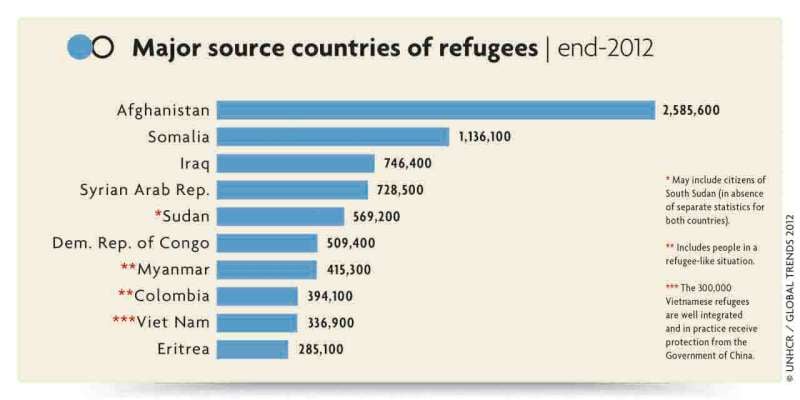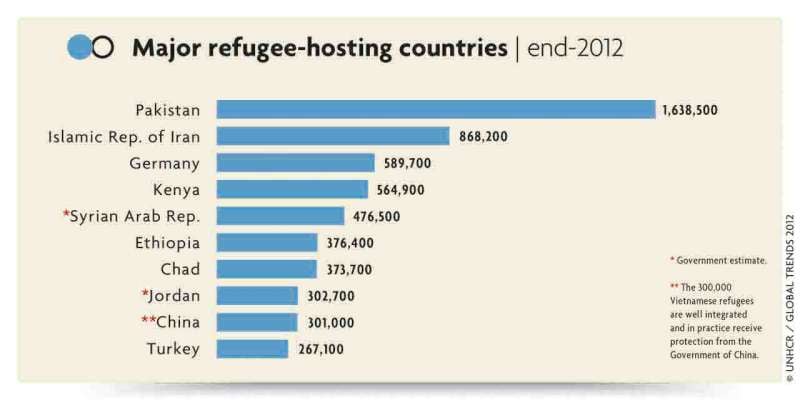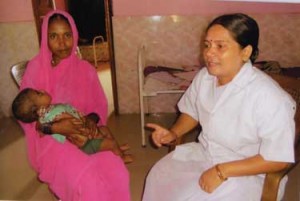Our Youth has a lot of energy, high hopes, great ideals
and real potential to achieve almost everything in life. In spite of having talent, skills and
intelligence in this wonderful young generation, a born genius, it is very
unfortunate. Pakistan’s environment is not very helpful for it as it have no
role models to follow, no opportunity for sound modern education and no social
landscape upon which they can exploit their natural abilities to the maximum
effect. Seeing lawlessness and irregularities in every sphere of life have
shattered their faith in the system and killed their human imagination.
Our youth’s confusion and frustration in life and
shattered confidence in Pakistan’s political system apparently predicts
Pakistan’s and its youth’s bleak future. The parents are so engulfed in their
struggle to meet ends due to ever rising inflation, unemployment, and law and
order situation coupled with other problems. They not only fail to understand
their children and their desires, but also don’t pave the way for them to do
wonders by infusing within them a proper energy of confidence, self esteem and competence.
Gradually, this political system has distorted everything
in Pakistan. We have totally destroyed all our governmental, social, political,
national, educational and religious institutions. A number of youngsters are
turning to drugs; alcohol and smoking in order rescue themselves from
depression and adverse comments of the society. They are losing their
relationships and leading miserable lives. They are becoming criminals as a
result of the frustration and helplessness. Some youth criminals are indulging
in killings and robberies. There is also an increasing trend of “suicides”
among the youth mainly due to the unemployment and poor living conditions.
Youth unemployment also badly affects the morale and spirit of fellow youth of
society who become dejected and disappointed by looking at their peers and
elders unemployed.
Our country is losing generations of its most highly
talented youngsters that in other countries promise a brighter future. God has
bestowed upon us this boundless human potential through which we can achieve
more health, wealth, happiness and success in our life. Unfortunately, in
Pakistan the youth has been deliberately kept illiterate purposely having no
proper access to education. With a
little brainwashing by social and political forces they get emotional, but
don’t even know what their political leaders’ vision is.
The current situation is not encouraging for the
Pakistani youth because they are not getting what they actually want from
Pakistan. A major problem is unemployment that is creating frustration and
stress among the youth. But the actual root cause is illiteracy. If we educate
one whole generation, the whole scenario of the country will automatically
change in a few years. The youth will at least be able to make a clear
distinction between good and bad. This is the major problem that should be
solved without wasting much time in order to compete in the world. The
contributions of all young people are essential if we are to meet the
challenges of tomorrow. Amidst all governmental hype about giving priority to
education, ground realities are quite harsh.
An obvious cause of youth deterioration is the stark
difference of quality education in private and government schools. This
difference has developed hatred among the students, which is an unhealthy sign
and must be reduced to provide equal chances to all classes. Poor families
cannot afford the expenses of private schools and everyone is aware of the
conditions in our government schools.
Despite frustration with the status quo, the majority of
Pakistani youth believe Pakistan is the best country in the world to live in.
There are numerous people who have given up everything for this green and
pleasant lovely land. Our forefathers had promised a land for the people where
they can dream high and the state would ensure to help in realizing those
dreams.
While the government is concerned only for its short-term
motives, the emigration of talented Pakistanis paints a bleak economic future
for Pakistan. In Pakistan, deteriorating social, economic, law and order and
education system with a feeling of not having competent leaders to speak for or
stand by the nation, Pakistani youngsters find themselves vulnerable. Their
frustration grows and ultimately makes them groan inwardly.
The people are just tired of this cruel political system,
they don’t see a light, there is no vision, no government has come out with a
comprehensive plan to turn the economy around, there are no future plans, and
no vision for Pakistan. On the one hand people are committing suicides due to
starvations and on the other hand we can count the net worth of a few
politicians, bureaucrats, and some businessmen whose net worth would total to
about 200 billion dollars. Our corrupt politicians have created the issue of
survival of Pakistan and Pakistani society. What provokes the educated is the
fact that the illiterate people fully support them in their struggle to grab
the power and make the nation to suffer the consequences.
Youth is the best with the idea on how Pakistan should be
governed. Let the best person from youth with the honest political will to
govern this country, be allowed to rule, not minding where the person comes
from. Yes of course, youth of today has the potential to change the current trend
of politics in Pakistan. The fact that the best person has not been allowed to
rule this nation is the reason why Pakistan is where it is 63 years after it
became an independent nation. Pakistan after 63 years has failed to grow
because of poor leadership. Leadership that has nothing to offer, leadership
that is not accountable to the people, leadership that does not think education
is paramount, leadership that does care about the level of poverty in the midst
of plenty. They are busy sharing money and looting our treasury and stealing
our common wealth. We, as a nation, are passing through a very crucial and
toughest time of history. The government has no plan, no system and no process.
That is why everybody will have to sit down and put our
house in order and allow the best person to rule. The biggest question is how
the youth will get entry into politics. The answer is be your own leader. Bring
the Pakistani Youth on a single platform where they could not only discuss but
also find ways to participate actively in strengthening Pakistan. Select best
possible candidates from your own rows. The traditional corrupt politicians
come in power just with the help of 10-12% poor uneducated people so come out
of houses and vote for your own candidate massively to takeover the country in
your own hands. It is the only way to get rid of these old aged “experienced”
politicians. Why should we depend on corrupt and dishonest politicians who are
manipulating our lives in all the negative ways? They are responsible for
throwing Pakistan into the prevailing multi-faceted crises.
Don’t trust again this corrupt and immoral leadership. It
is a time to act lest we will be left with nothing. We Are Fed Up Of This
Corruption & Dirty Political System.. Time Has Come To Bring A Change..
Right Now…!!We Can’t Change Our Past…. But we Can Make Our Future Better…. And
You Know What I Believe…. I Believe We Can Never Go Down… As long as our brave,
miser politicians are alive we are supposed to bear all these hardships. Let us
resolve to empty our hearts and minds of hatred, revenge and pseudo-honour,
fill those with love and peace, and work towards the progress and prosperity of
Pakistan of tomorrow.
Source: http://www.youthassemblyforhr.org/hr-issues/youth-issues


